 Andy's
Antiques Page.
Andy's
Antiques Page.

 Andy's
Antiques Page.
Andy's
Antiques Page.


Chamberlain Worcester soft paste plate c1815 it has the Regent Street mark |

Spode Earthenware ashet c1815 |

French hardpaste porcelain bough vase c1845. |

Staffordshire Toby Jug c1790 |

Staffordshire Cow c1845 |

Soft paste tureen 18th. century unknown maker |

Spode Earthenware plate c1813 |

Two Staffordshire Figures c1860 |

Derby Porcelain comport it has the red mark c1810 |

Rockingham Porcelain inkwell c1825 |
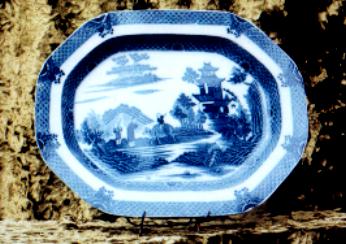
Leeds Earthenware ashet c1780 |

Chinese export Porcelain c1770 |
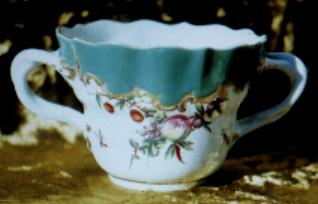
Worcester Softpaste c1760 blue crossed swords with No.99 mark, decorated in the outside London studio of Giles and painted by the spotted fruit painter, and it has the rare Apple green glaze. |
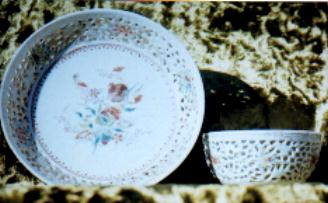
Chinese export hardpaste c1790, the tea bowl has an outer perforated skin which is very beautiful and practical as it helps cool the bowl so it can be handled, |
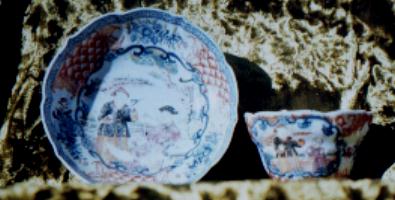
|
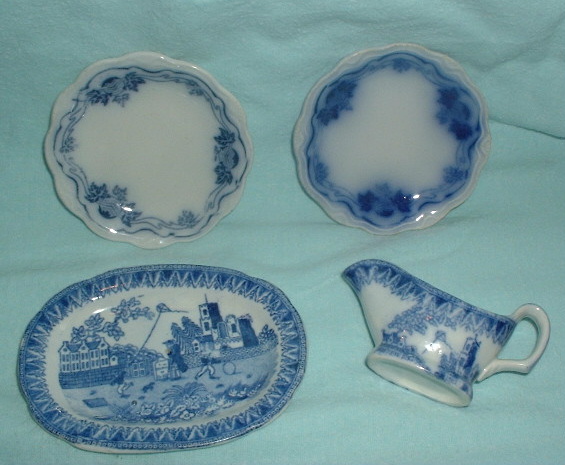
4 very delightful miniature pieces of vintage blue and white china. The 2 miniature dinner plates are just over 3 inches in diameter, the miniature Kite Flying pattern ashet or platter is 4 by 3 inches, and the miniature Kite Flying patterned sauce jug is 2 inches high, and just over 3 inches long. There are no makerís names on any of the pieces, except for the flow blue dinner plate. It has an impressed 4 and a hand painted A. All pieces are in very good condition there are no chips, cracks, or repairs. The Kite Flying items date circa 1820 and the other two miniature plates date circa 1860-70 period |

Kite Flying miniature plate 3 1/2 inches. Maker unknown. An interesting design, sometimes referred to as the gravedigger pattern, which is found only on miniature dinner services. It shows a boy trundling a hoop, another flying a kite, and a man standing by a gravestone. There is a large church in the background on the right and a mansion on the left. The pattern is based partly on a tail-piece wood engraving by Thomas Bewick in his book "History Of British Birds" (1797) and (1804), which provided the man, the tombstone, and the boy with the hoop. The design has for sometime been considered by American collectors to depict Benjamin Franklin flying his kite but this appears to be a somewhat doubtful attribution. It is interesting to note that Bewick had a close association with St. Anthony's Pottery at Newcastle. This firm is said to have transfer-printed on pottery from wood engravings. Most of these pottery miniatures date circa 1820 |
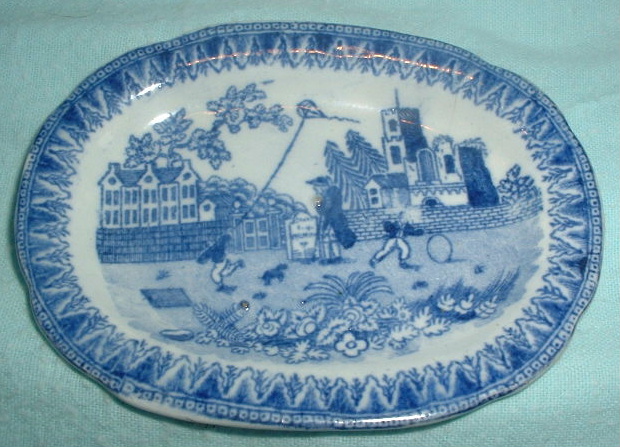
A close up view of the Flying Kite Ashet. TRAVELLERS SAMPLES. Some miniature blue printed wares may have been made as samples for travelling salesmen. It would not have been practical for them to carry around heavy dinner services in the days when the coach was the chief means of transport. Two miniature plates thought to have been samples have been noted made by Spode with the Tiber and Forest-Landscape pattern. Such miniatures often have sparkling clear engravings and are of high quality. More-over they are rare. However the Roger Monopteros pattern and the Spode Tower pattern miniatures are relatively common and were almost certainly made as toys. Toy services were very common in Victorian times and were often poorly and heavily printed and potted. It is impossible to decide with certainty whether a miniature service was made for travellers or children and this may well remain an open question |
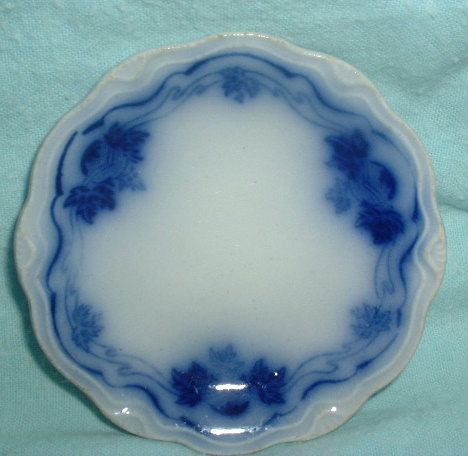
The flow blue plate c1870 MINIATURE WARES. The makers of pottery and porcelain have produced miniature versions of their wares since the 18th century. Many of the major potteries made miniature blue printed wares and many marked and unmarked patterns are known. Most of these pieces are from miniature or toy dinner services. although it has been suggested that some may be travellers samples. Several small tea services are known. Although these are often described as miniatures, they were probably made as children's play things and should more properly be called toy's. |

 Click here to contact Andy
Click here to contact Andy